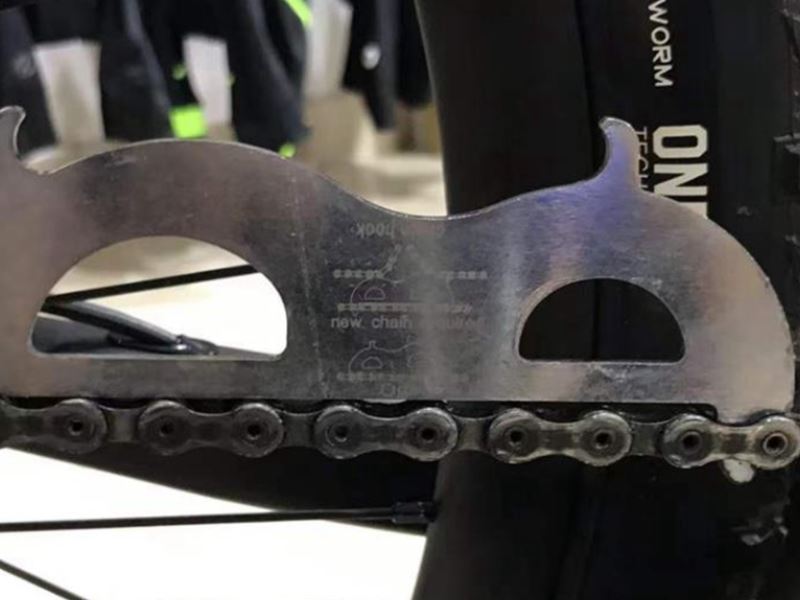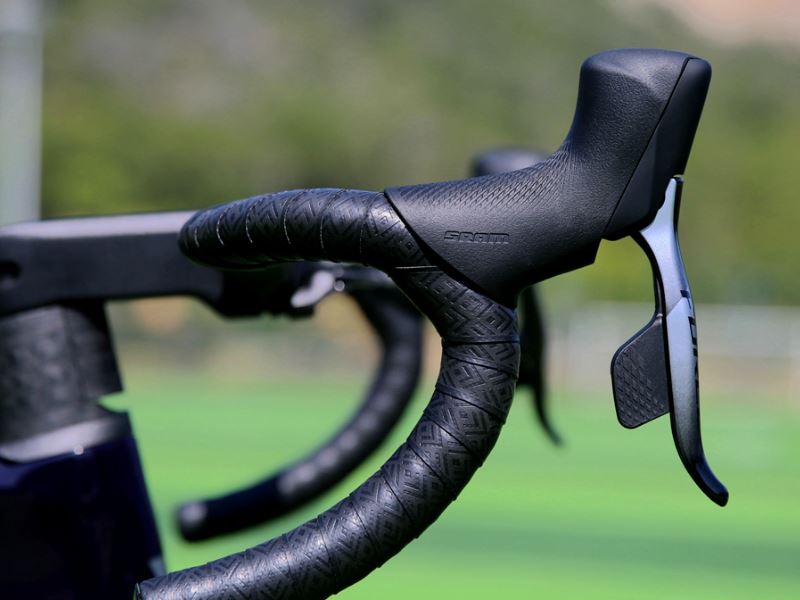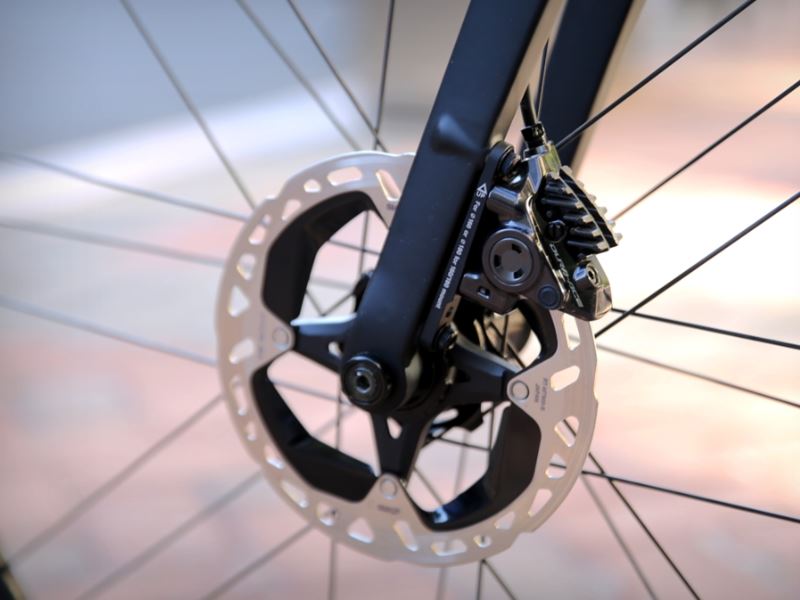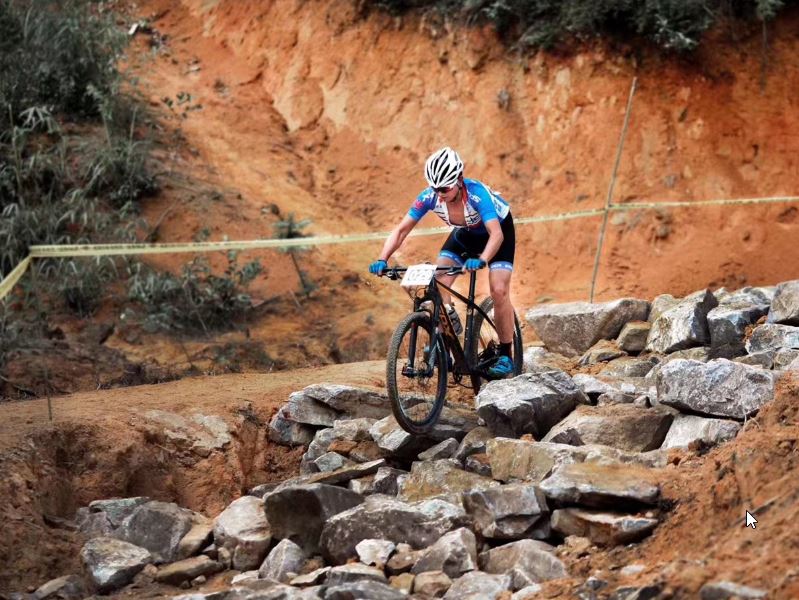by Tiffanybikes
Share
by Tiffanybikes
Share
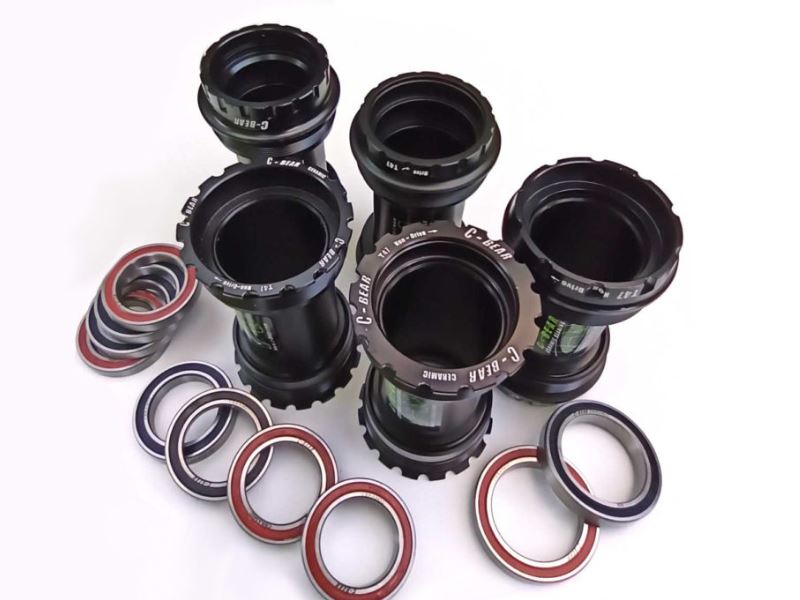
In general, the bottom bracket is divided into three categories: square hole, spline, and one piece (that is, the external bearing bottom Bracket). Let’s talk about it in detail.
- Square hole central axis
Most manufacturers have the same square hole central axis and can be used in general. However, please note that the square hole bottom bracket of campagnolo cannot be used in common with other square hole bottom brackets, because the taper of their chainring connection is different. Use British or Italian thread (like bottom bracket, Italian standard is very rare). At present, this system has been completely eliminated in the mid-to-high-end sports bicycle market, and has a tendency to be gradually eliminated in the low-end market.
2.Shimano’s splined center shaft (eight keys)
This system is the bottom bracket corresponding to Shimano’s own spline chainring. For use only with Shimano splined chainrings. At present, it has also tended to be eliminated, but this system is technically more advanced than the square hole central axis.
- A series of manufacturers’ splined center shafts (ten keys) represented by FSA
This system is the product of FSA and other manufacturers, in order to fight against Shimano’s technological monopoly. Compatible with all non-Shimano splined chainrings.
- The plug-in bearing integrated central axis represented by Shimano
Many people call it GXP bottom bracket, but in fact this name is completely wrong. GXP is the name of SRAM’s external bearing bottom bracket system, which is similar in design to Shimano’s external bearing bottom bracket, but the two are actually not the same. General, I can’t find how Shimano named their own external bearing axle, including in Shimano’s own technical data, I only saw Shimano calling it Outboard Bearing in the introduction of the 980 crankset Bottom Bracket and the literal translation is the external bearing axis. Why did I use a type of bottom bracket system represented by Shimano? Because of FSA’s Mega Exo system, Raceface’s X type system, and many other external bearing based bottom bracket cranksets (except SRAM) are almost all compatible with Shimano bottom brackets. However, according to the measurement of the famous domestic version of the main light, the inner diameter of FSA’s Mega Exo system center shaft is 0.1mm larger than that of Shimano’s center shaft, which leads to the fact that FSA’s Mega Exo system crankset is installed in Shimano’s external bearing. It can be tight on the axles, and sometimes it takes a lot of effort to get the chainrings in, but in reality these systems are fully compatible and you shouldn’t be too concerned.
- SRAM’s GXP system
This system still falls under the category of External Bearing Bottom Bracket. However, it is not compatible with bottom bracket systems from companies such as Shimano. GXP is written by Giga X Pipe, which is literally translated as 100 billion X pipe. It can be seen that this has little connection with the external bearing or the integrated center axis. Why use Giga? Before SRAM acquired Truvativ, Truvativ produced the Giga series of spline bottom brackets, so the word Giga is just a mid-to-high-end bottom bracket series in SRAM or Truvativ. So please stop calling the external Bearing axis GXP axis, if you want to speak English, say External Bearing axis, if you miss the abbreviation? Then I’ll call it the EXB bottom bracket here. If the majority of riders can accept it, then we’ll say that in the future, and the EXB bottom bracket will be collectively referred to as all plug-in Bearing bottom brackets.
- Plug-in bearing center axis
I really couldn’t find Campagnolo’s external bottom bracket technical information, so I can’t be sure if it is the same as Shimano’s bottom bracket system. Let’s wait for the riders to test this or find out the technical information and let us know.
7.BB30 system
This system is characterized by an enlarged 30mm axle center and a narrower bottom bracket width, which is convenient for reducing the Q value of the chainring, while reducing the weight of the system and obtaining greater rigidity.
As a rule of thumb, CP bottom brackets should not be compatible with Shimano.
Finally, let’s map the frame to the bottom bracket:
First of all, BSA British standard thread 68,73mm bottom bracket: square hole center shaft, spline center shaft and external bearing center shaft can be used. Many riders are confused about the length selection of square hole center shaft and spline center shaft. It is said that the 68mm bottom bracket should be at least 108mm square hole or spline bottom bracket, but this also depends on the design of the chainring and the rear fork, so I won’t go into details here. If so, replace it with a longer axle. Then the 113 shaft can be used on the 73mm or 68mm bottom bracket. If you use the 68mm bottom bracket, you need to add a 2.5mm thick spacer on the left and right sides.
If you use an external bearing bottom bracket, if you install it on a 68mm bottom bracket, you must add two spacers on the right side and one spacer on the left side, if the frame is 73mm, you only need add a spacer on the right side. In addition, the traditional 68mm BSA threaded bottom bracket can also be installed with BB30 chainrings. What you need is a BSA30 bottom bracket developed by Rotor. This bottom bracket allows you to install BB30 teeth on the traditional BSA bottom bracket. plate. Therefore, this central axle can install all the square holes, splines, and one-piece chainrings of the chainring. It can be said that this is the most versatile five-way.
Italian threaded five-way: This thing has been rare for thousands of years. Just pay attention to buying the Italian central axle that is matched with the tooth plate. There will be an instruction manual together with the axle to teach you how to install it, so I won’t go into details here.
BB90 and BB86 bottom brackets: Use the press-fit BB91 bottom bracket, or the press-fit GXP bottom bracket, and CP’s BB90 bottom bracket can be used. The specific installation method also needs to be installed according to the actual width and instructions of the bottom bracket. Additionally, this system supports all non-BB30 one-piece cranks that can be used on traditional imperial threaded bottom brackets. Just fit the corresponding press-fit bottom bracket. The reason this system can’t use the BB30 is that its bottom bracket widths are 86.5mm and 89.5 and 92mm, while the BB30’s bottom bracket is only 68mm.
BB30 system: It is also possible to install a variety of chainrings, the first of which is of course the BB30 chainring. Secondly, many companies have launched a bottom bracket that directly converts BB30 into a BB90 system with a bearing, and CP also launched a bottom bracket with BB30 directly installed with its own chainring. In addition, the BB30 system can also be converted into an ordinary BSA bottom bracket through the BB30 to BSA conversion seat, and then all other chainrings can be installed. At this point, you can refer to the safety classification of the first BSA five-way.
BB386 system: From the analysis of technical specifications, BB386 is compatible with BB90 system and GXP crankset without any problem, and it will definitely appear in the future, but BB30 crankset should not be compatible with this system, since this system was just released this year , I don’t know much about it, so I won’t say more here.
Finally, a little trick is added. The bottom bracket used by the one-piece crankset usually has a plastic sleeve in the middle. In fact, the purpose of this sleeve is to waterproof the inner side of the external bearing on both sides of the bottom bracket. So when you use the carbon frame, because the bottom bracket of the carbon frame is closed, you can not install this cover. First, the closed bottom bracket makes the cover lose its meaning of existence and lost a few grams.
The “out-of-stock tide” brought about by the epidemic has made it difficult to find a bike in the cycling circle. Even if some brands can order a bike, the delivery time varies from a few months to more than half a year. There are many bike fans who can’t wait to turn their attention to […]
Whether you’re a big cyclist or a novice cyclist, who hasn’t made some mistakes on the bike? For example, when the new bike is installed, the vehicle accessories are installed incorrectly, the equipment model is not matched when the accessories are upgraded, the fault judgment is wrong, and there is wasted effort in disassembly and […]
With the full popularity of the disc brake system for road bikes, the road bike market has completely resolved the debate between disc brakes and rim brakes. It can be said that disc brakes have completely taken over the rim brakes. But in road disc brakes, there is another debate, so is it better to […]
Today, most mountain bikes on the market are equipped with front fork shock absorbers, and even many gravel bikes are equipped with micro-travel shock absorbers in order to cope with more complex road conditions. There is enough suspension travel on a bicycle to measure the bumps that the bicycle can absorb, so what kind of […]
